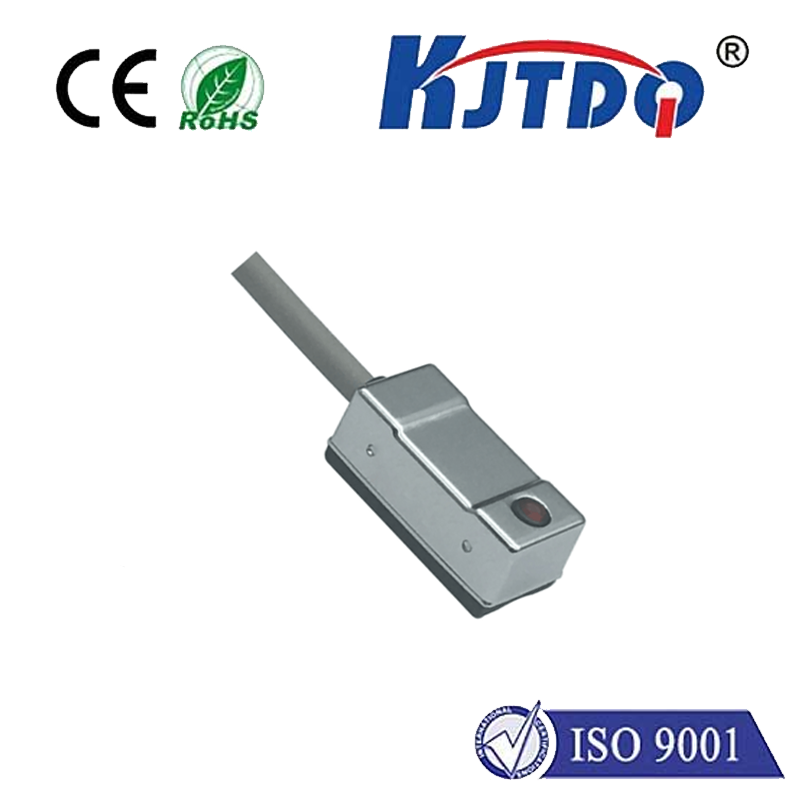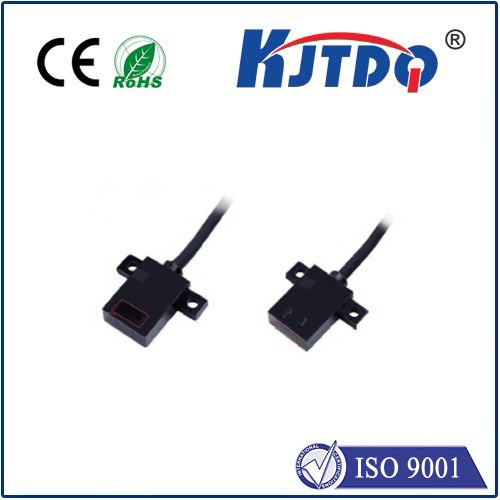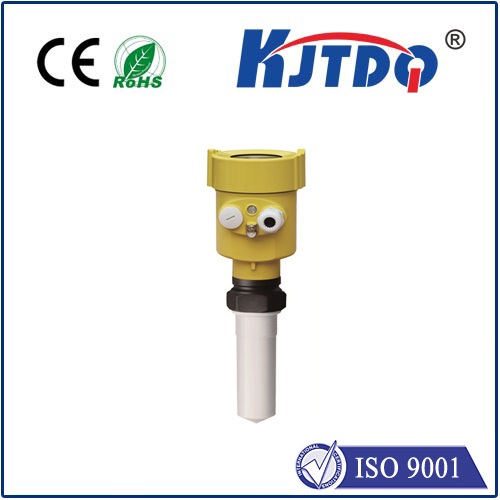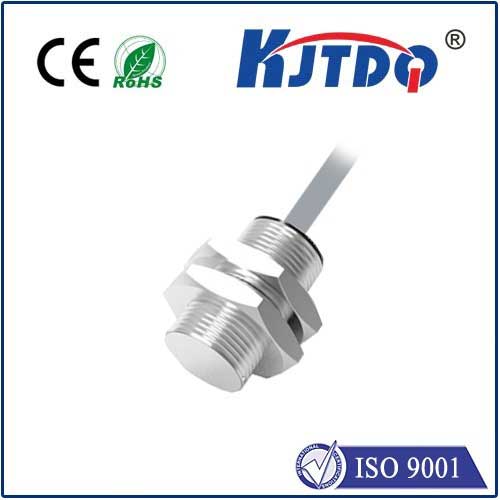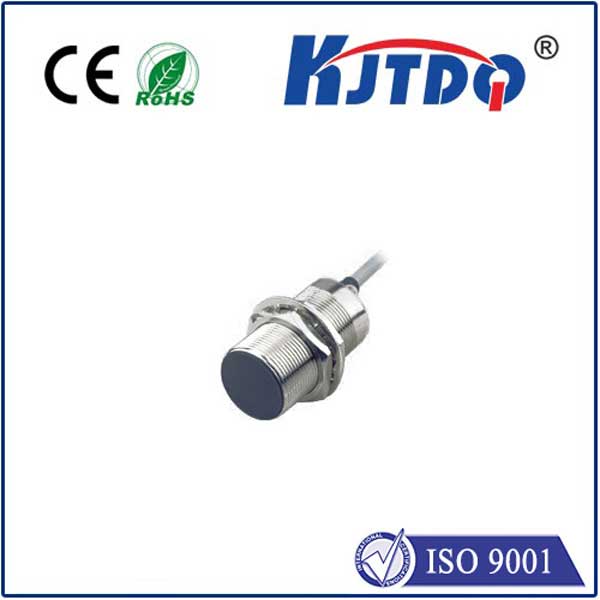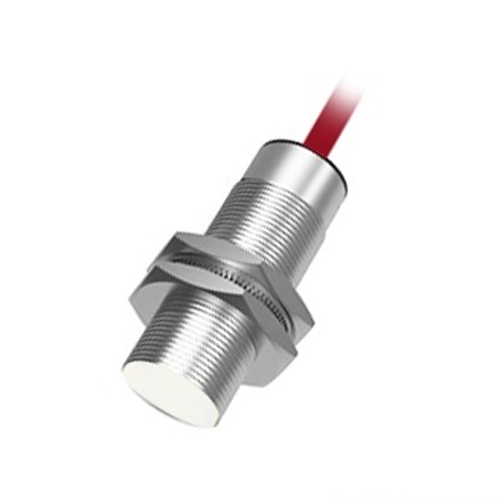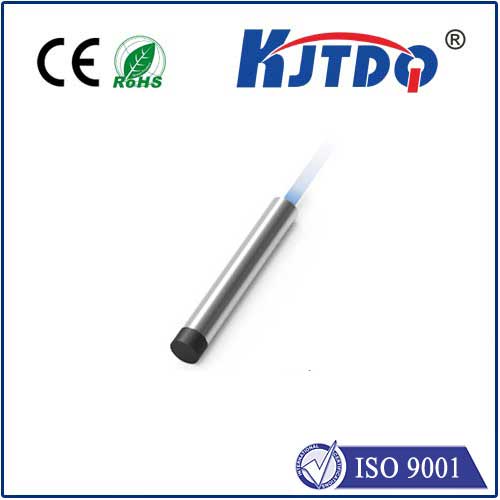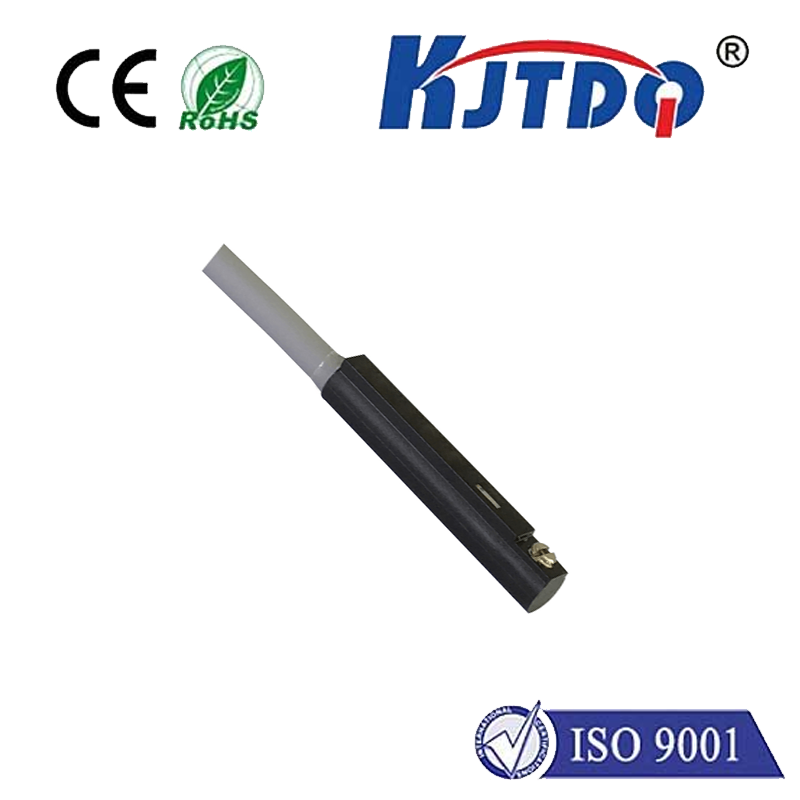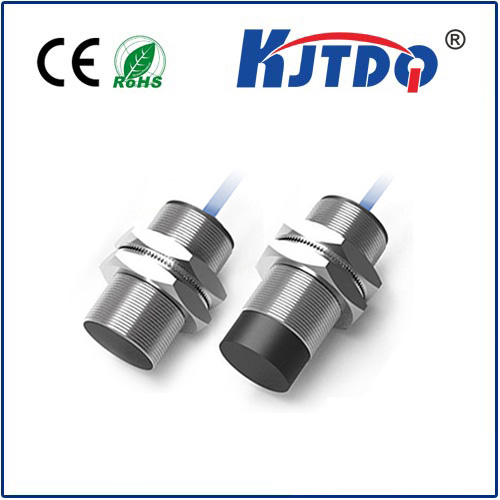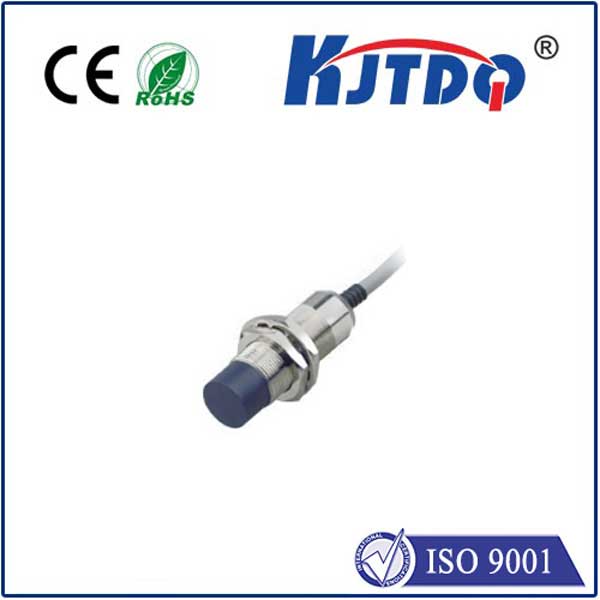fiber optic sensor ppt
- time:2025-08-14 14:34:28
- Click:0
Fiber Optic Sensors Demystified: Your Ultimate Guide for Impactful Presentations
Understanding Fiber Optic Sensors: Why This Technology Demands Your Attention
Fiber optic sensors (FOS) represent a revolutionary leap in sensing technology, fundamentally changing how we measure physical parameters across countless industries. If you’re tasked with presenting on this cutting-edge topic, whether for an academic seminar, a technical proposal, or an industry workshop, understanding its core principles and compelling advantages is paramount. This guide delves into the essentials of fiber optic sensors, structuring the key concepts you need for a clear, impactful, and SEO-optimized presentation.
Beyond Copper Wires: How Light Becomes a Sensor
At its heart, a fiber optic sensor is a device that uses optical fiber – incredibly thin strands of glass or plastic – to transmit light. The ingenious part? It transforms the fiber itself or a specialized element attached to it into a sensitive transducer. When the physical parameter being measured (like temperature, pressure, strain, vibration, or chemical concentration) changes in the sensor’s environment, it induces a corresponding, detectable change in the properties of the light traveling through the fiber.
These light properties can include:

- Intensity: The brightness or power level of the light signal diminishes or increases.
- Phase: The timing of the light waves shifts relative to each other.
- Wavelength: The color (or specific frequency) of the light changes.
- Polarization: The orientation of the light waves’ oscillations alters.
- Transit Time: The time it takes for light to traverse the fiber changes (often used in distributed sensing).
Sophisticated interrogation units detect and analyze these subtle changes in the returning light, converting them into precise, quantitative measurements of the target parameter.
The Compelling Edge: Key Advantages of FOS Technology
Why choose fiber optic sensors over traditional electronic counterparts? The benefits are substantial and form the core arguments in any convincing presentation on fiber optic sensor technology:
- Immunity to Electromagnetic Interference (EMI): This is arguably the most significant advantage. Since FOS rely on light, not electrical currents, they operate flawlessly in environments saturated with EMI, RFI, or even lightning strikes – scenarios where conventional sensors fail catastrophically. Think power plants, radar installations, or high-voltage transformers.
- Intrinsic Safety: Optical fibers carry light energy, not electricity, generating no sparks. This makes them inherently safe for use in explosive or flammable atmospheres (gas and oil exploration, chemical plants, mining) without complex and expensive intrinsic safety barriers.
- Small Size and Weight: Optical fibers are incredibly thin and lightweight, enabling minimally invasive sensing in confined spaces or lightweight structures like aircraft and composites.
- Multiplexing Capability: A single optical fiber can often host multiple discrete sensors (point sensors) or even act as a continuous distributed sensor along its entire length. This drastically reduces cabling complexity and cost compared to running multiple electrical sensor lines.
- Long-Distance Transmission: Light signals in optical fibers experience very low loss (attenuation), allowing measurements to be taken kilometers away from the interrogation unit without signal degradation. This is ideal for large structures like bridges, pipelines, or dams.
- Corrosion and Harsh Environment Resistance: Optical fibers, particularly glass fibers, are highly resistant to corrosion from water, chemicals, and solvents, making them durable in demanding industrial or marine settings.
- High Sensitivity and Accuracy: Advanced techniques like interferometry enable fiber optic sensors to detect minute changes in strain or temperature with exceptional precision.
- Bandwidth and Speed: Optical signals offer very high bandwidth, enabling the transmission of vast amounts of data and the detection of rapid events like vibrations or acoustic waves.
Powering Innovation: Key Application Areas
The unique advantages of fiber optic sensing systems unlock solutions in diverse sectors. Highlighting concrete applications strengthens your presentation’s relevance:
- Industrial Process Control & Monitoring: Real-time temperature profiling in reactors, pressure monitoring in harsh environments, liquid level sensing, structural health monitoring of equipment.
- Energy Sector: Leak detection and strain monitoring along vast oil and gas pipelines, temperature sensing in subsea equipment, structural monitoring of wind turbine blades.
- Civil Engineering & Infrastructure: Evaluating the health of bridges, dams, tunnels, and buildings by measuring strain, tilt, vibration, and settlement over vast distances.
- Power & Utilities: Temperature monitoring of high-voltage transformers, switchgear, and power cables to prevent failures and optimize grid performance.
- Aerospace & Defense: Embedding sensors within aircraft wings and fuselages for structural health monitoring, fuel tank monitoring, and in-flight strain detection in high-EMI environments.
- Medical & Biotech: Fiber optic sensors enable minimally invasive devices for pressure monitoring (blood, intracranial), temperature mapping, and chemical sensing due to their small size and biocompatibility.
- Security & Surveillance: Perimeter intrusion detection systems using distributed acoustic sensing (DAS) over fiber optic cables spanning kilometers.
- Research & Development: High-precision measurement tools in physics, material science, and chemistry, often in extreme conditions (cryogenic, high magnetic fields).
Crafting Your Presentation: Actionable Takeaways
When building your fiber optic sensor PPT, focus on clarity and impact:
- Start with the “Why?”: Begin by clearly articulating the challenges in sensing that FOS overcome (EMI, safety, distance, multiplexing). Establish the need.
- Visualize the Core Principle: Use simple, high-quality diagrams to illustrate how light properties change with the measured parameter. Avoid overly complex physics initially.
- Hammer Home the Advantages: Dedicate a slide (or a key section) to visually listing and briefly explaining the unique benefits (EMI Immunity, Safety, Multiplexing, Harsh Environment use). Bold these advantages.
- Showcase Real-World Impact: Include specific application examples relevant to your audience. Use photos or schematics whenever possible. This transforms theory into tangible value.
- Address Key Considerations: Briefly touch on aspects like cost comparison (initial vs. long-term lifecycle costs!), installation nuances, and the role of specialized interrogation units. Honesty builds credibility.
- Future Trends (Optional): Mention exciting developments like enhanced distributed sensing capabilities, smarter algorithms, chemical/biosensing advances, and multi-parameter sensors.
- Visual Polish: Prioritize clean design. Use graphics effectively, ensure high contrast text, and maintain consistent formatting. Avoid dense text blocks; use bullet points strategically.
Mastering the Narrative
A successful presentation on fiber optic sensor technology goes beyond listing facts. It tells a story: how traditional sensing has limitations, how FOS provides an ingenious solution leveraging light, the powerful advantages this unlocks, and the diverse, real-world problems it solves. By structuring your fiber optic PPT around this narrative arc, emphasizing the compelling differentiators through clear visuals and focused content, you’ll equip your audience with a deep understanding of why this technology is a game-changer, making your presentation informative, persuasive, and memorable.












